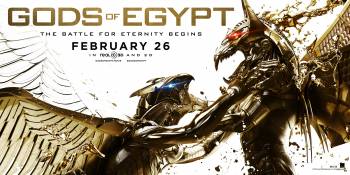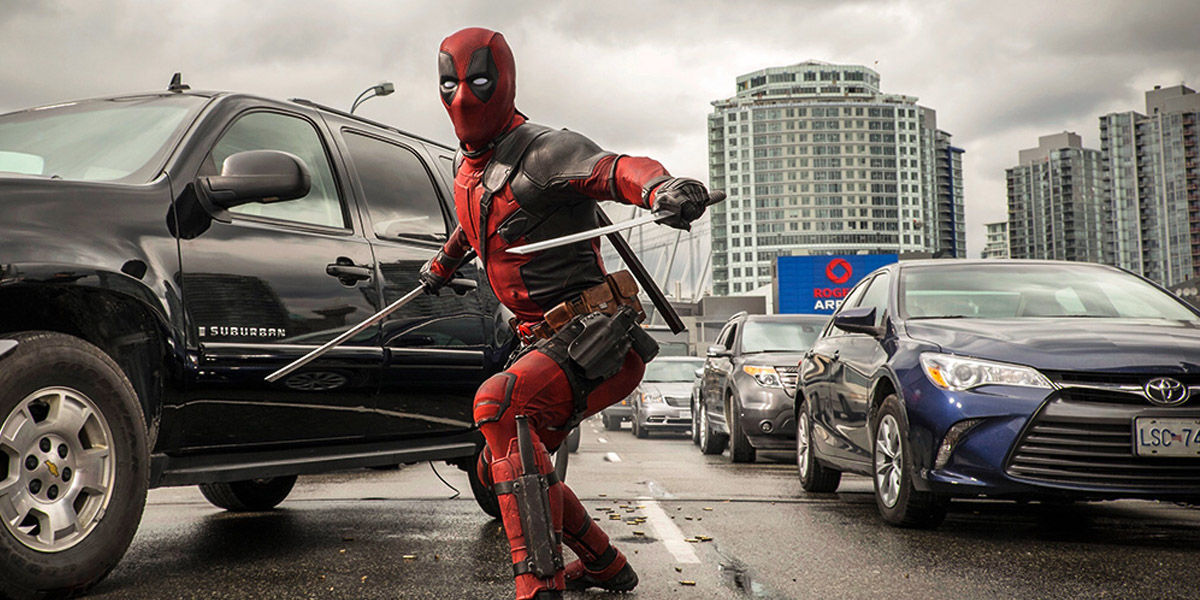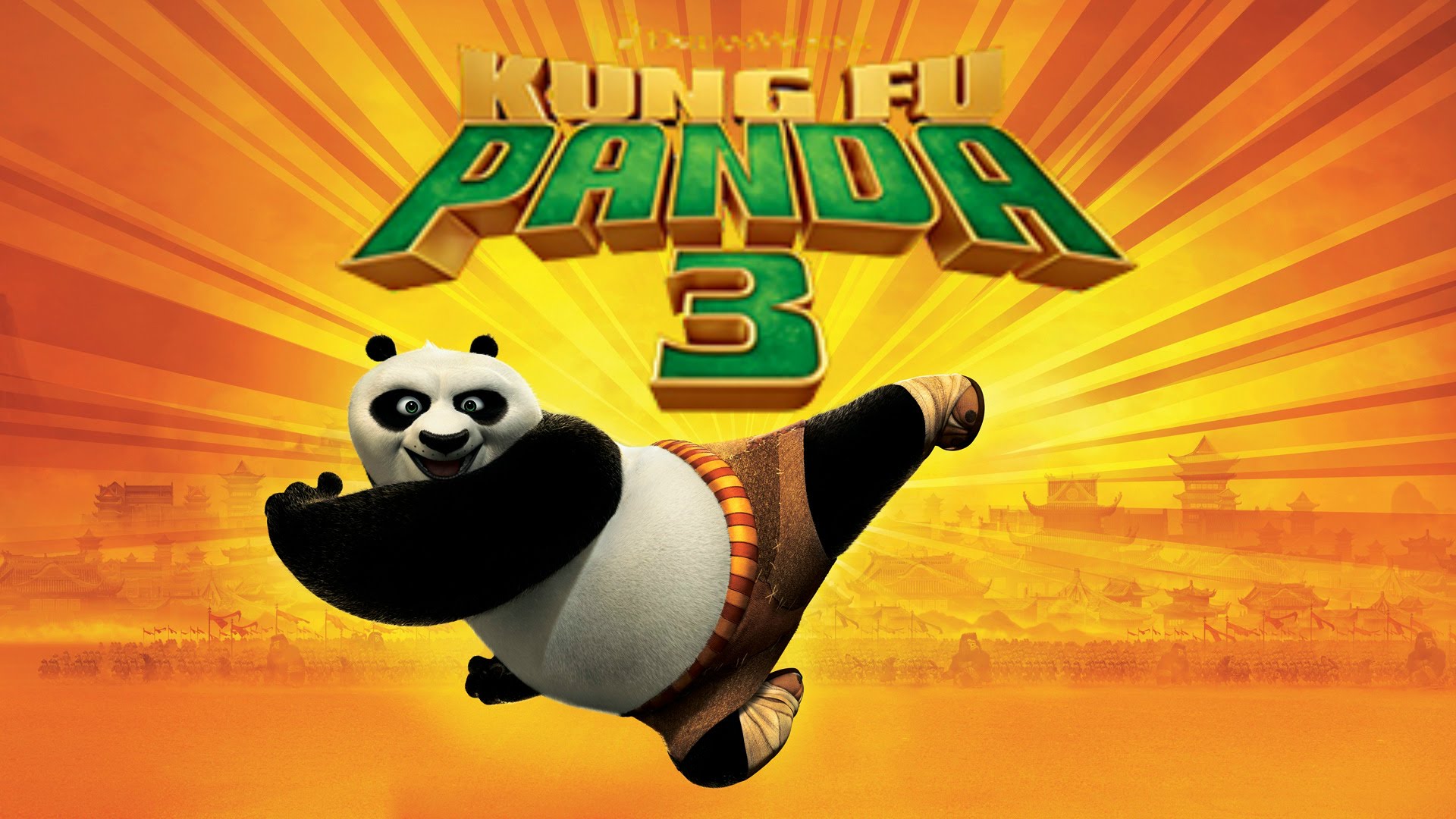Gods of Egypt
Posted on February 25, 2016 at 5:36 pm

“Gods of Egypt” has more gods than IQ points. There are some grand and striking visuals and some well-staged fight scenes, but there are also effects that look like they were created for a 64-bit computer game and lines of dialogue that make cheesy sword and sandal epics of the Steve Reeves era look like Noel Coward. It may be pretty to look at, but this is a big budget wheel of cheddar.
The producer and director have both apologized, too little and too late, for making a film based on Egyptian mythology without a single Egyptian actor. The gods are played by Australian Geoffrey Rush (Ra, the sun god and father and grandfather to the other gods), Danish Nikolaj Coster-Waldau (Horus, god of air and libertine turned hero), Scotsman Gerard Butler (Set, angry and ambitious god of the desert), American Chadwick Boseman (Thoth, smug god of wisdom), and French Elodie Yung (Hathor, goddess of love). And then there are a few humans, Australian Brenton Thwaites as an Aladdin-style street thief called Bek, and imperious as always British Rufus Sewell as Urshu, Set’s obsequious architect. Given the results, I imagine the Egyptians are relieved not to be a part of it.
The ponderous opening narration informs us that ancient Egypt is the cradle of civilization and so the gods decided to live there among the humans, though they are much taller and have gold for blood. As the story begins, Horus wakes up bleary following an orgy as he is about to take over as king from his wise and progressive father (Australian Bryan Brown). But his uncle Set arrives, kills the king, and plucks out Horus’ super-special eyes. Horus, humiliated and blind, retreats to his temple to sulk and drink. And Set enslaves the entire population to build structures for his glory and decrees that only the rich will obtain eternal life.
Zaya (Australian Courtney Eaton, very appealing) is the servant of Urshu, and the beloved of Bek. With access to Urshu’s architectural drawings, she shows Bek where Horus’ eyes are hidden. She believes that if Horus’ sight was restored, he would be able to defeat Set. Bek gets through an Indiana Jones-style series of traps to retrieve one eye, delivers it to Horus, and persuades him to fight Set and get back his kingdom.
There is visual splendor on a scale Cecil B. DeMille could only dream of, with sumptuous production design by Ian Gracie and costumes by Liz Keogh. But some of the CGI effects are less persuasive than Ray Harryhausen‘s stop-motion miniatures, and a few of them, like Ra’s flames and a sort of sand-based version of Skype, look like they came from a 64-bit video game. The mis-matched sizing of the gods and humans is more silly than impressive. The dialogue is a mish-mash of pretentious claptrap about the Journey and comments like “death is not the end” and “never doubt a man fighting for the one thing as powerful as any god — love.” Occasionally there are painful attempts at humor, as when Bek tells Horus to run from danger: “Mortals do it all the time!” or when Hathor brags that she is “the goddess of too much.” The mythology of ancient Egypt is fascinating and meaningful. This movie is not. It cannot decide whether it wants to be campy or thrilling, but it really does not matter because it fails at both.
Parents should know that this film includes extended sword and sorcery peril and violence with many characters injured and killed, monsters, disturbing images, sexual references and situations, and brief strong language.
Family discussion: Why did Ra treat his sons differently? Why does he say he wants human destiny to be uncertain?
If you like this, try: “Clash of the Titans”





